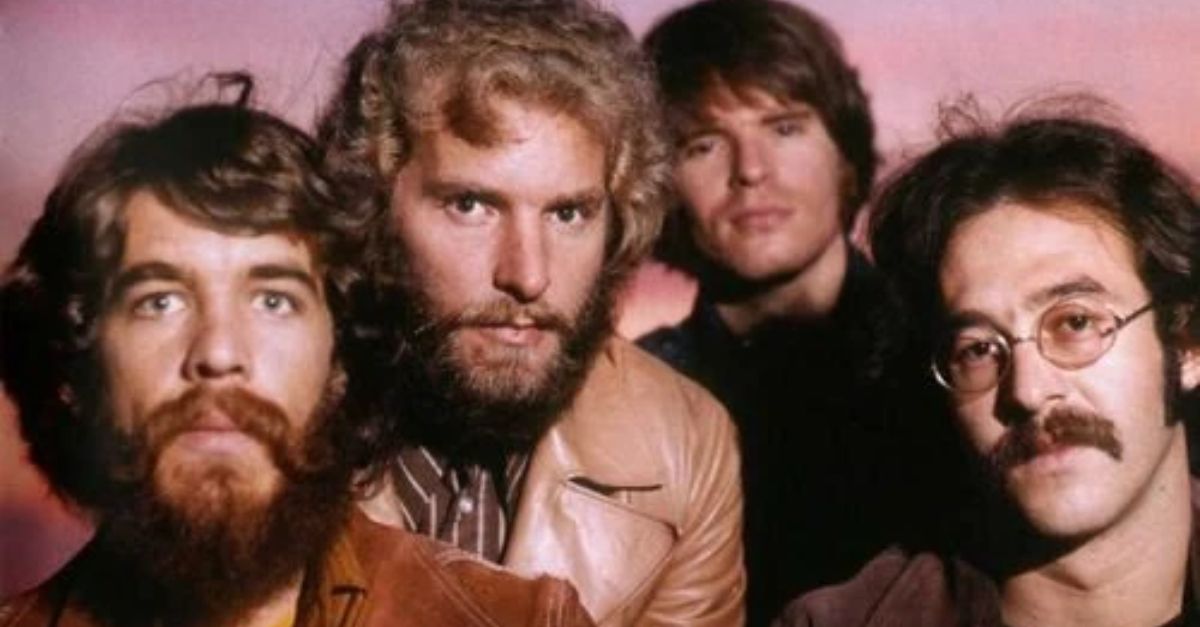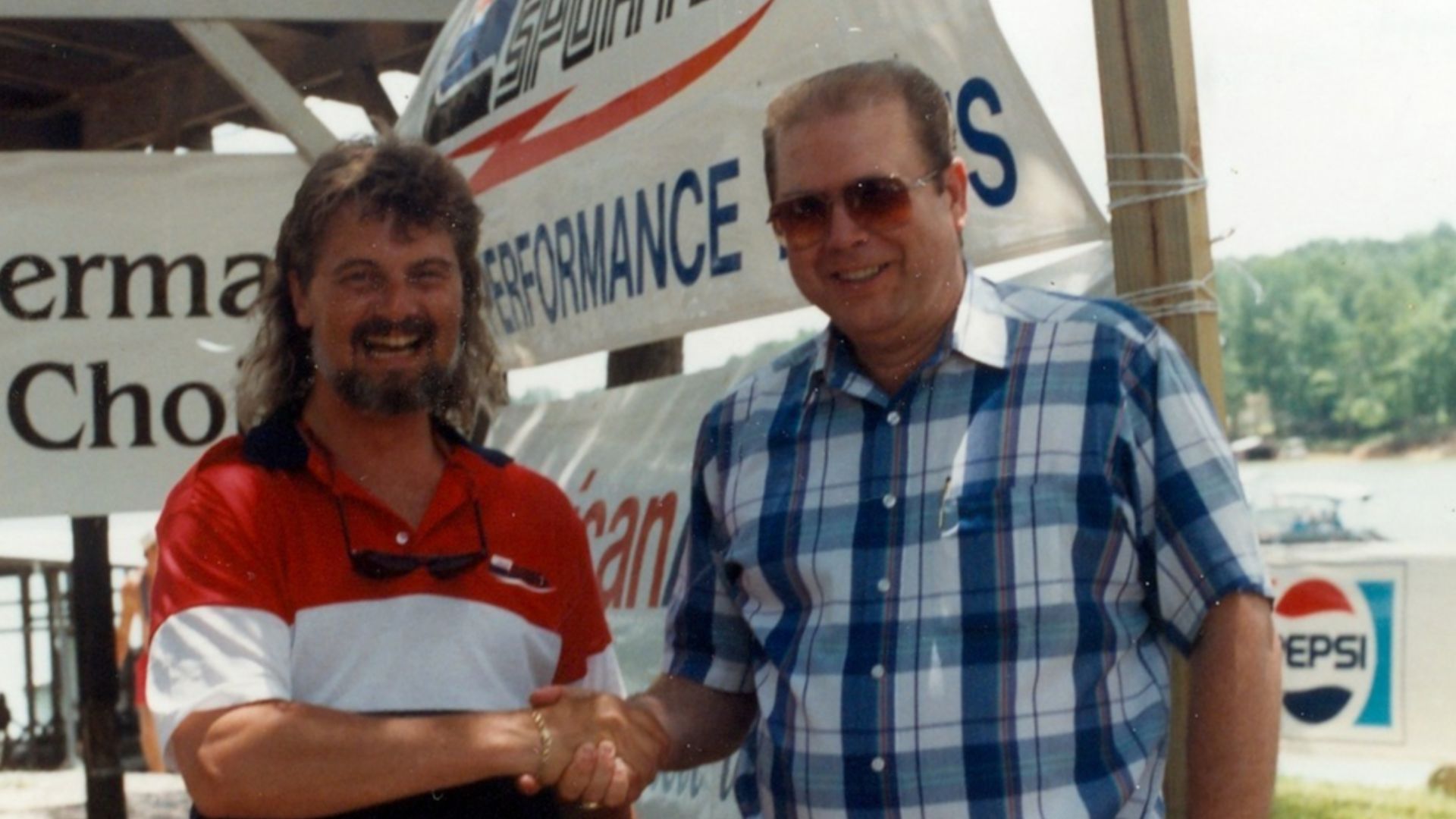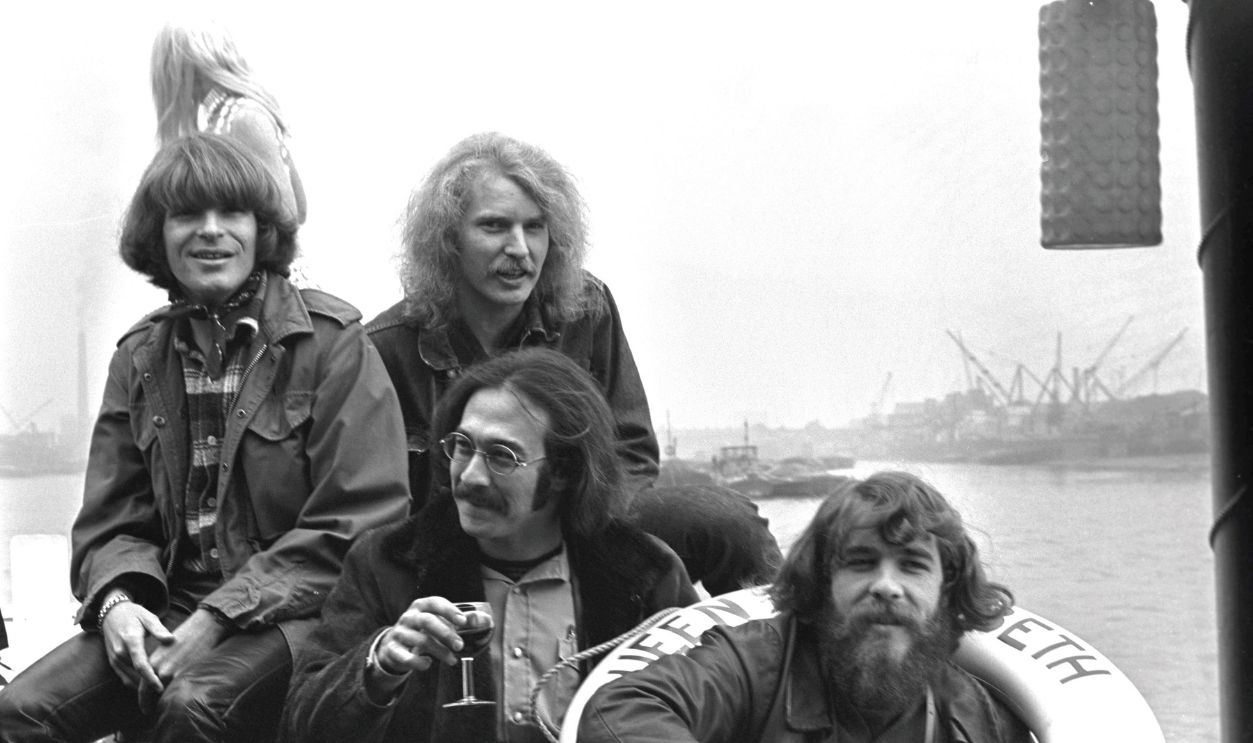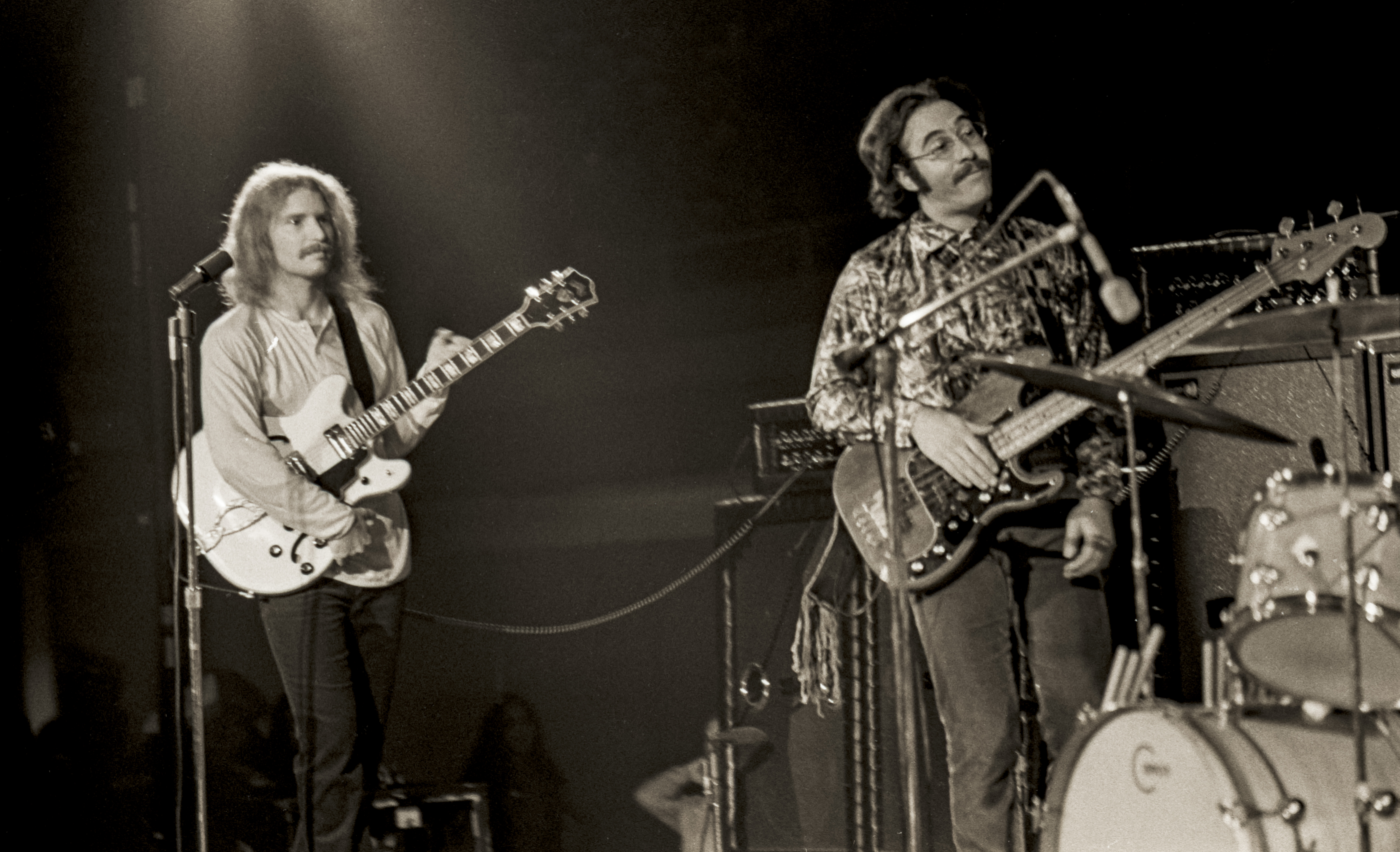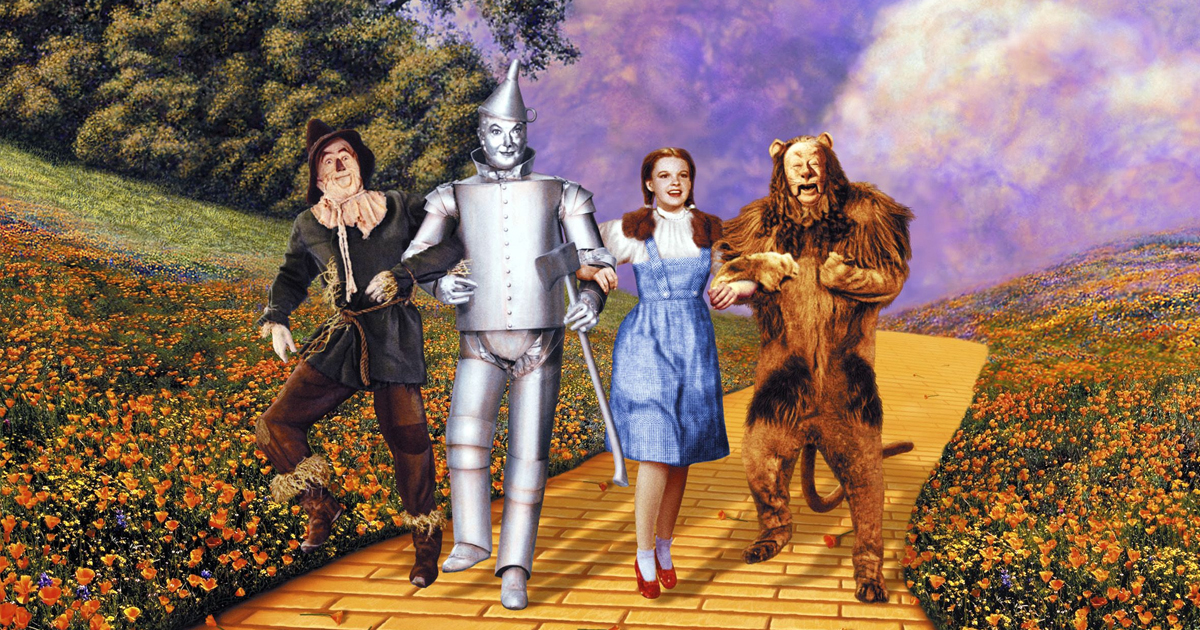A Rock Legend Lost To Tragedy And Regret
While Creedence Clearwater Revival roared through the charts, Tom Fogerty’s life took a sharp, unseen turn that left fans shocked and family forever divided. His journey from early ambition to a tragic death reveals a powerful tale not told in concert posters.
A Dream Begins In The Shadows
Tom Fogerty grew up in El Cerrito, California, with dreams of musical success long before his younger brother John became a household name. Though naturally reserved, Tom was the first to form bands and pursue gigs. He set the stage for what would eventually become one of America’s most iconic rock groups.
 Creedence Clearwater Revival Proud Mary on The Ed Sullivan Show, The Ed Sullivan Show
Creedence Clearwater Revival Proud Mary on The Ed Sullivan Show, The Ed Sullivan Show
The Birth Of A Rock Music Phenomenon
In the mid-1960s, Tom and John, alongside Doug Clifford and Stu Cook, went from The Golliwogs into Creedence Clearwater Revival. Their swamp-rock sound and gritty authenticity exploded onto the national scene. While John quickly emerged as frontman, Tom remained an essential rhythmic backbone as the band rocketed toward stardom.
 Fantasy Records, Wikimedia Commons
Fantasy Records, Wikimedia Commons
A Place In The Spotlight
Though rarely in front of the microphone, Tom played rhythm guitar with a steady conviction that anchored CCR’s distinctive sound. His stage presence and vocal harmonies added depth to hits without distracting from John’s powerful lead. Fans often underestimated his contribution, yet his musicianship was critical to the band’s polished performances.
Brothers United By Music And Ambition
The Fogerty brothers shared a fierce dedication to music from adolescence, performing at local events and dreaming of national recognition. Their early bond was built on shared vinyl collections, neighborhood jam sessions, and friendly rivalry. Behind the scenes, however, subtle differences in personality and aspiration began to quietly simmer.
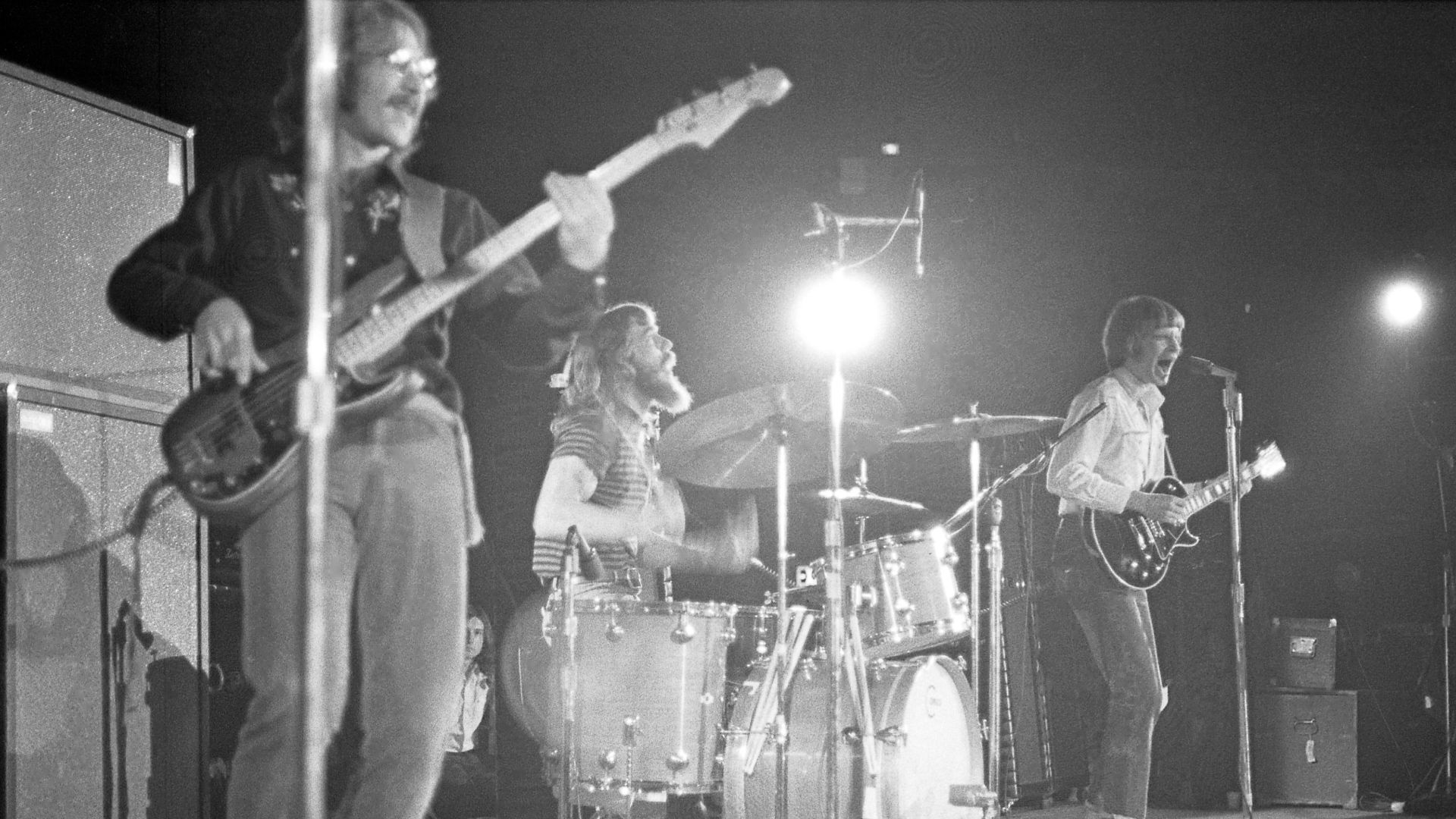 Cal Montney, Los Angeles Times, Wikimedia Commons
Cal Montney, Los Angeles Times, Wikimedia Commons
Fame Fuels Unexpected Tensions
As CCR climbed the charts with hits like “Proud Mary” and “Bad Moon Rising,” creative power shifted sharply toward John. Tom began voicing concerns over artistic input and uneven recognition. The pressures of nonstop touring and recording intensified the friction and turned what was once brotherly collaboration into professional discontent.
The Rise Of Creative Control
John Fogerty’s dominance over songwriting and arrangement solidified after CCR’s breakthrough, and left little room for collaboration. Tom found himself increasingly sidelined during studio sessions. Though John’s vision fueled their success, the imbalance generated resentment. Creative control transformed from a necessity into a wedge, changing the dynamics of both band and family.
 Janwikifoto, Wikimedia Commons
Janwikifoto, Wikimedia Commons
A Brother’s Battle For Recognition
Tom struggled with feeling overshadowed despite being a founding member. While he played on every major hit, fans and critics focused almost exclusively on John’s talent. His desire for acknowledgment wasn’t about ego but fairness. This yearning lingered even after he accepted his supporting role, gnawing at his confidence and pride.
Walking Away From Creedence Clearwater Revival
In 1971, after years of internal conflict, Tom made the painful decision to leave CCR at the height of its success. He cited ongoing creative marginalization and strained relationships. His departure shocked many but symbolized a final stand for autonomy. The band continued briefly, but the magic was clearly fractured.
 Creedence Clearwater Revival Proud Mary on The Ed Sullivan Show by The Ed Sullivan Show
Creedence Clearwater Revival Proud Mary on The Ed Sullivan Show by The Ed Sullivan Show
Reinventing Life After The Band
Post-CCR, Tom embarked on a solo path and released several albums under Fantasy Records. Though critically appreciated, his work never achieved the commercial impact of his past. He collaborated with Bay Area musicians and experimented with different styles, determined to build a distinct identity even as CCR’s legacy continued to loom.
New Music And Old Wounds
Despite forging ahead, Tom couldn’t fully escape his past. Legal battles over royalties and lingering bad blood with John resurfaced during his solo career. His involvement in lawsuits alongside Fantasy Records deepened the rift and turned artistic disagreements into personal betrayal. Music remained his passion, but emotional scars quietly persisted.
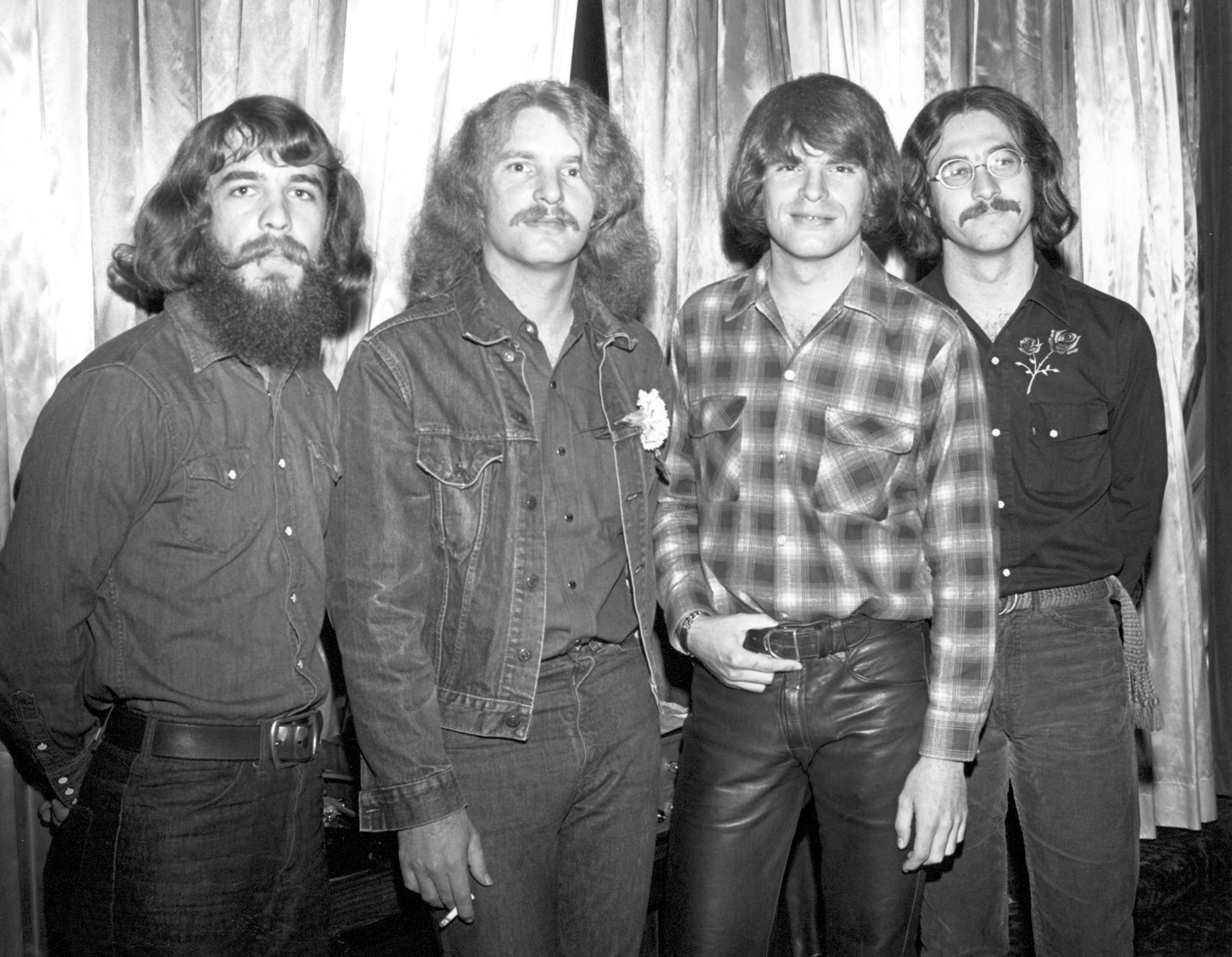 Donaldson Collection, Getty Images
Donaldson Collection, Getty Images
Trouble Lurks Behind The Scenes
By the early 1980s, Tom’s life had settled into modest touring and regional recording projects. Outwardly calm, he privately faced mounting health challenges. Persistent back issues led him to seek surgical intervention. Unbeknownst to him and his doctors, this routine medical need would spiral into a devastating, life-altering tragedy.
A Surgery That Changed Everything
During back surgery in the early 1980s, Tom received a blood transfusion—standard medical protocol before modern screening. At the time, donated blood was not routinely tested for emerging viruses. Feeling optimistic about recovery, he returned to work, unaware that the transfusion had introduced into his body an invisible, deadly threat.
 Evening Standard, Getty images
Evening Standard, Getty images
The Blood Transfusion With Deadly Consequences
That transfusion exposed Tom to HIV, a virus only beginning to gain national awareness. He contracted it unknowingly, before doctors had developed reliable tests. As the epidemic grew, many early victims had similar stories. Tom’s infection came not from lifestyle or risk behavior, but from an ordinary medical procedure gone wrong.
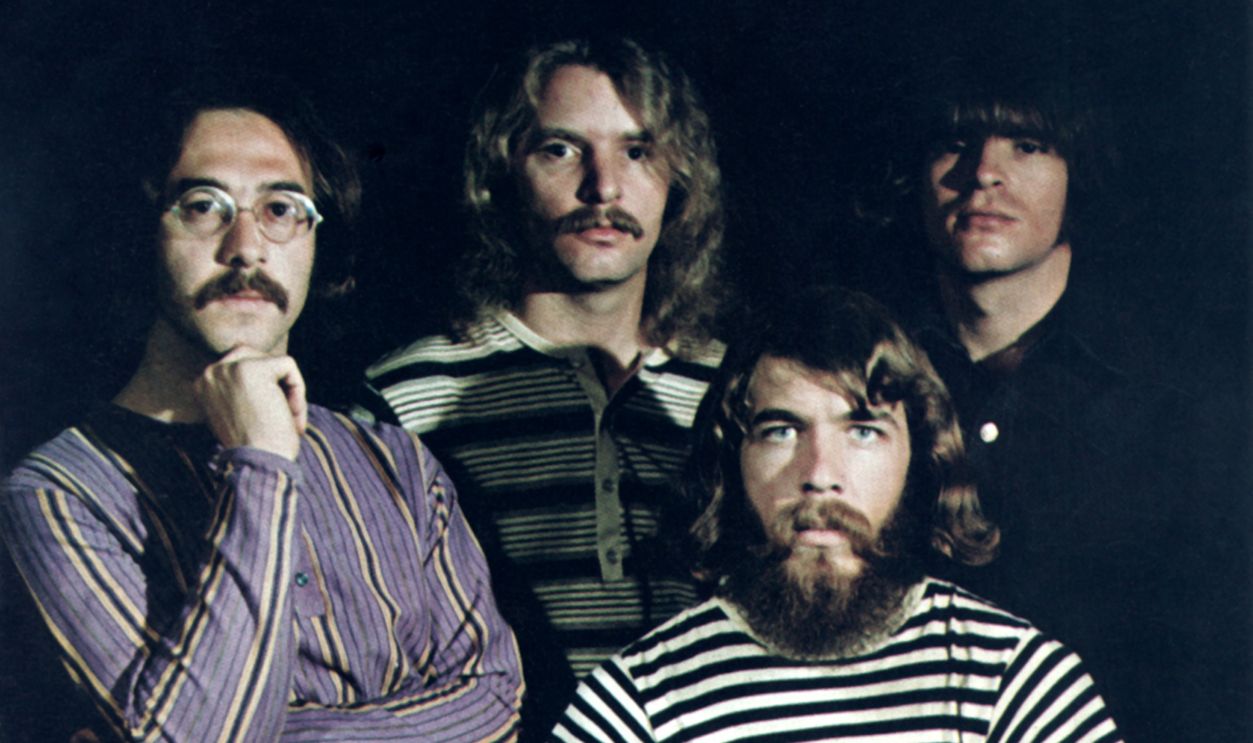 Michael Ochs Archives, Getty Images
Michael Ochs Archives, Getty Images
When HIV Became A Silent Enemy
For years, Tom lived without knowing he was HIV positive. The virus weakened his immune system gradually and silently. By the time symptoms appeared, his body’s defenses were severely compromised. In an era of stigma and limited treatment, he faced not only a medical crisis but also profound emotional isolation.
 Michael Ochs Archives, Getty Images
Michael Ochs Archives, Getty Images
A Brave Face Behind A Desperate Fight
Once diagnosed, Tom fought quietly, choosing not to publicize his condition. He continued recording and spending time with loved ones even as his health declined. Friends recall his determination to live normally despite fatigue and illness. Though rarely discussed publicly, his daily resilience reflected a quiet form of courage.
 Michael Ochs Archives, Getty Images
Michael Ochs Archives, Getty Images
Tuberculosis Strikes At The Worst Time
In 1990, tuberculosis—typically manageable—attacked Tom’s weakened immune system with lethal impact. HIV had left him vulnerable to infections that healthy bodies often resist. He was hospitalized in Scottsdale, Arizona, where his condition rapidly deteriorated. Tuberculosis triggered respiratory failure, ultimately becoming the official cause of his heartbreaking death.
The Tragic Final Days
Tom Fogerty spent his final weeks surrounded by close family, battling a cascade of complications. Despite medical intervention, his condition worsened. He passed away on September 6, 1990, at only 48 years old. The news stunned fans and peers who were largely unaware of the severity of his illness.
A Rift That Refused To Heal
Throughout Tom’s illness, the Fogerty brothers remained emotionally distant. Years of legal strife and public disagreements had hardened both sides. Although communication occasionally occurred, real reconciliation eluded them. The bitterness of past disputes lingered and colored every interaction, preventing meaningful closure during the period when it mattered most.
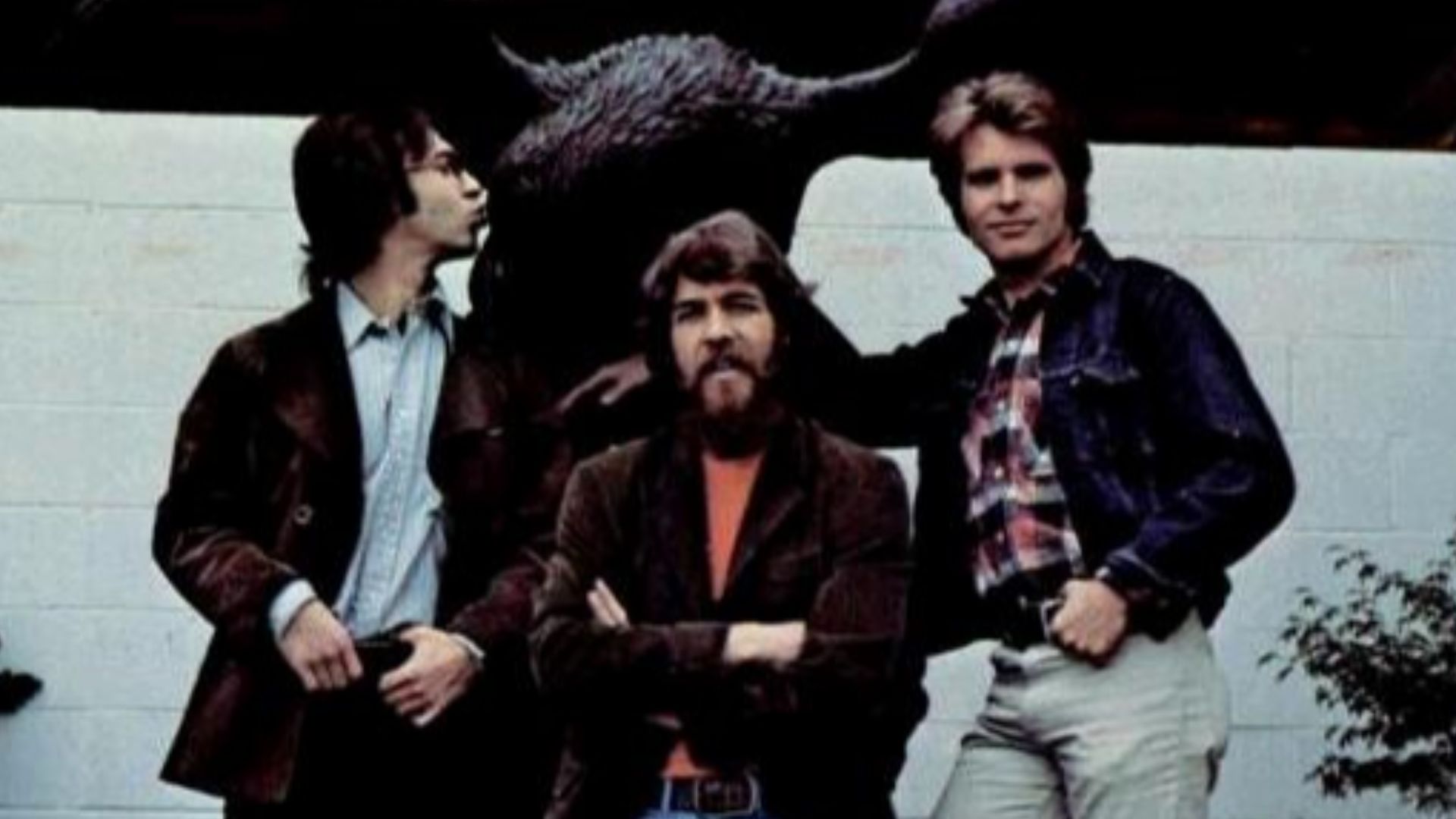 Fantasy Records, Wikimedia Commons
Fantasy Records, Wikimedia Commons
No Chance For Reconciliation
When Tom died, any possibility of healing the long-standing brotherly divide vanished. John reportedly did not visit during Tom’s final days. Their once-strong childhood bond had deteriorated beyond repair. The end came not with heartfelt forgiveness but with silence, leaving unresolved questions and feelings neither brother would ever voice.
 Marco Rosanova, Wikimedia Commons
Marco Rosanova, Wikimedia Commons
John Fogerty’s Lasting Regret
After Tom’s passing, John expressed deep remorse over their estrangement. In interviews, he admitted wishing he had let go of anger sooner. The experience haunted him and later inspired songs about lost time and forgiveness. His grief became a private burden, a reminder that pride and pain had cost him a brother.
The Legacy Overshadowed By Heartbreak
Tom’s contributions to CCR are often eclipsed by the drama of his exit and untimely death. Yet his rhythm guitar shaped the backbone of hits beloved by generations. His story is one of talent and tragedy intertwined—a reminder that behind great music often lies complicated, very human conflict.
How Fans Remember Tom Fogerty Today
Fans continue to celebrate Tom not only for his role in CCR but also for his soulful dedication to music. Tributes highlight his steady guitar work, warm stage presence, and early leadership in forming the band. While his life was cut short, appreciation for his artistry has steadily grown over time.
The Dark Undercurrents Of CCR’s Success
Behind the chart-topping records and sold-out tours lay intense personal strain. Management disputes and artistic control battles plagued the band. Tom’s story exemplifies these darker realities of rock stardom, where success can fracture friendships and leave emotional wounds that fame cannot heal.
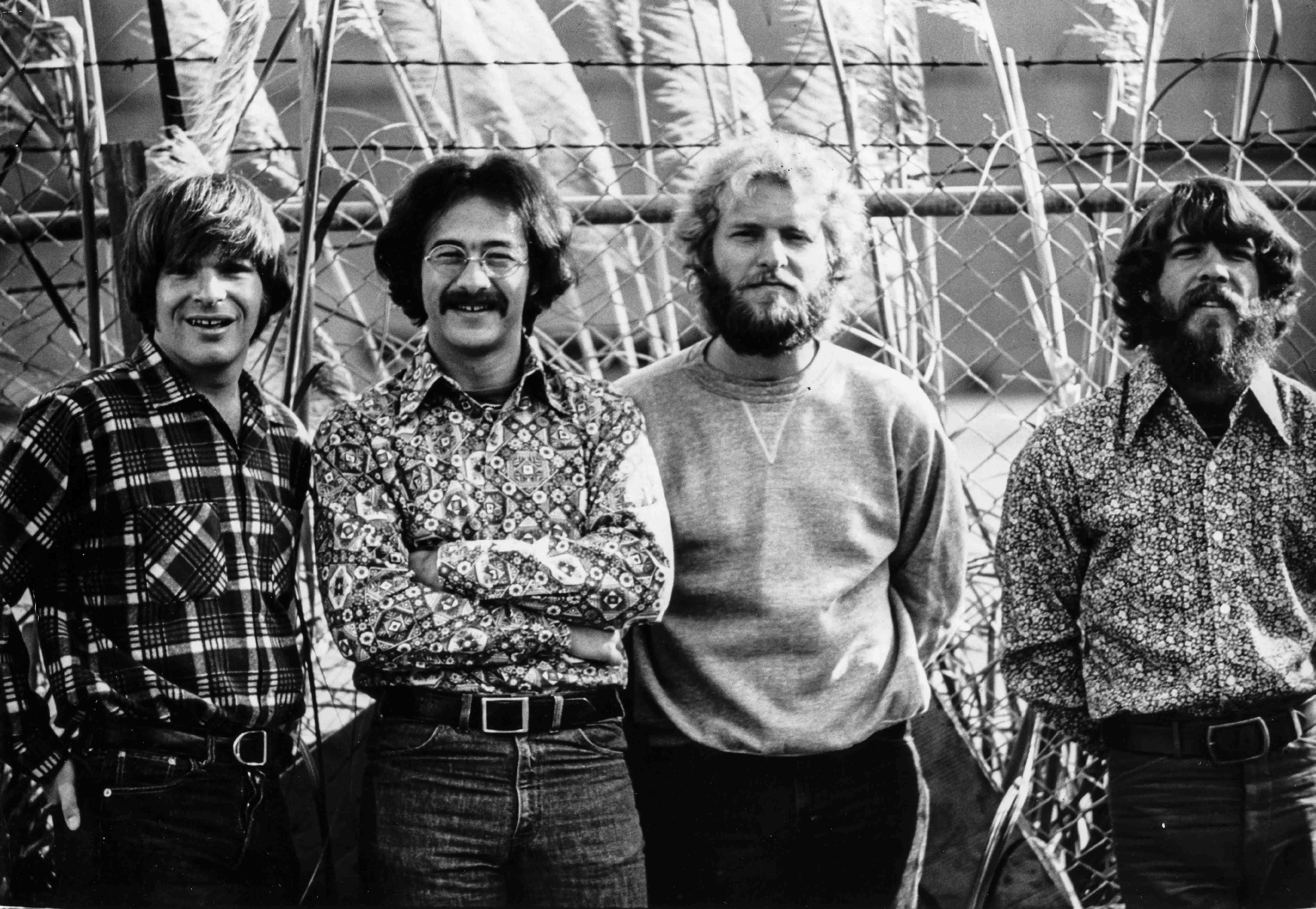 Universal History Archive, Getty Images
Universal History Archive, Getty Images
Lessons Learned From A Life Cut Short
Tom’s life offers cautionary lessons about pride and the cost of unresolved conflict. It also underscores the importance of medical safety advancements, like blood screening. His journey reminds us to value recognition and push for fairness without losing sight of what truly matters: love and connection.
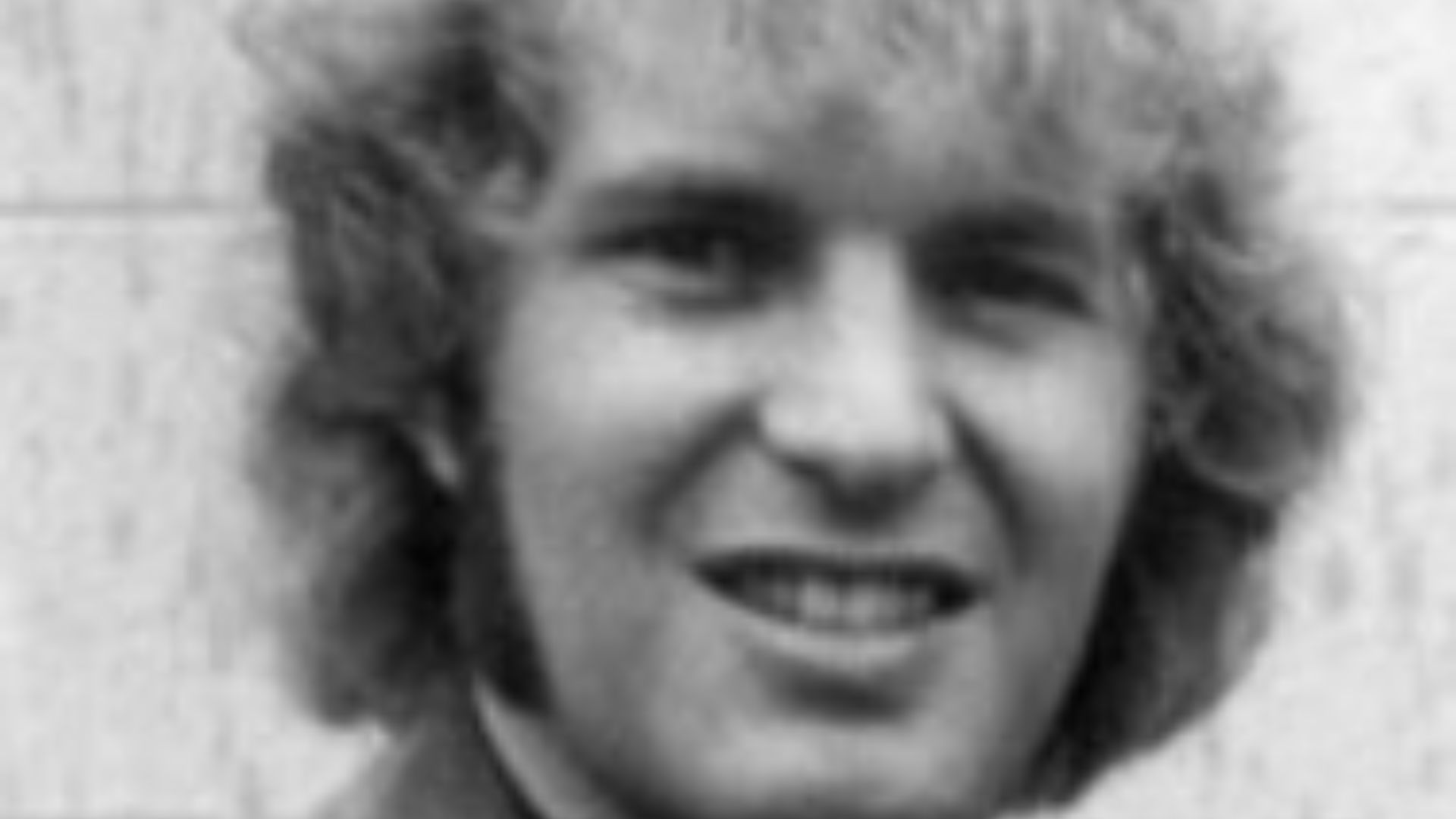 Fantasy Records, Wikimedia Commons
Fantasy Records, Wikimedia Commons
A Tragic Legend In Rock History
Today, Tom Fogerty stands as a poignant figure in rock history—a founding member of one of America’s greatest bands whose life ended before its time. His tale blends achievement with sorrow, representing the highs and lows of music history, and reminding fans why his legacy deserves ongoing respect.

